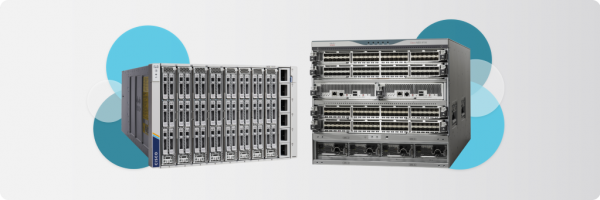Since 2009, Cisco UCS Unified Fabric has been one of the key differentiators between UCS servers and the rest of the industry. Unified Fabric is the combination of data, storage, and management traffic on a single cable. This greatly simplifies your server and networking infrastructure and provides both CapEx (adapters, cables, switches) and OpEx (warranty, power & cooling, management) savings. Cisco’s unified fabric is a single cable that connects the UCS X-Series chassis to the fabric Interconnects
Read More: 700-150: Introduction to Cisco Sales (ICS)
In a redundant deployment, you reduce the number of cables and switches 5:2 – two switches/cables for data and storage and one for management.
12+ years ago, Cisco UCS first shipped with 10Gb when the rest of the industry’s standard was 1Gb. In March, we announced we were leapfrogging the industry again by making 100Gb standard for UCS X-Series vs. 25Gb for other vendors.
The Cisco UCS X-Series Unified Fabric consists of three components: VICs, IFMs, and 6500 Series Fabric Interconnects.
Cisco UCS Virtual Interface Card (VIC) 15000 Series
VICs (Virtual Interface Cards) are more than a NIC or an ordinary converged network adapter (CNA – Ethernet + storage). Other vendors offer NICs or CNAs, but none offer the full functionality of a VIC. The two key differentiators are the inclusion of management traffic and the number of virtual adapter interfaces.
Cisco UCS servers are configured via policies and templates. The VIC receives the configuration from Cisco Intersight and is pushed to the server. This removes the need for a server management network.
Virtual adapter interfaces come in two flavors – data and storage. These virtual adapter interfaces extend the network fabric directly to both servers and virtual machines via end-to-end network virtualization so that a single connectivity mechanism can be used to connect both physical and virtual servers with the same level of visibility and control. Each can have their own quality service, guaranteeing bandwidth and QoS thus providing optimal user experience. Cisco VICs supports more virtual adapter interfaces than any other NIC or CNA giving you the ability to tune and shape traffic to every application.
I’ll leave it to the data sheet to call out all the hardware features like low latency and kernel bypass for performance optimizations among others.










